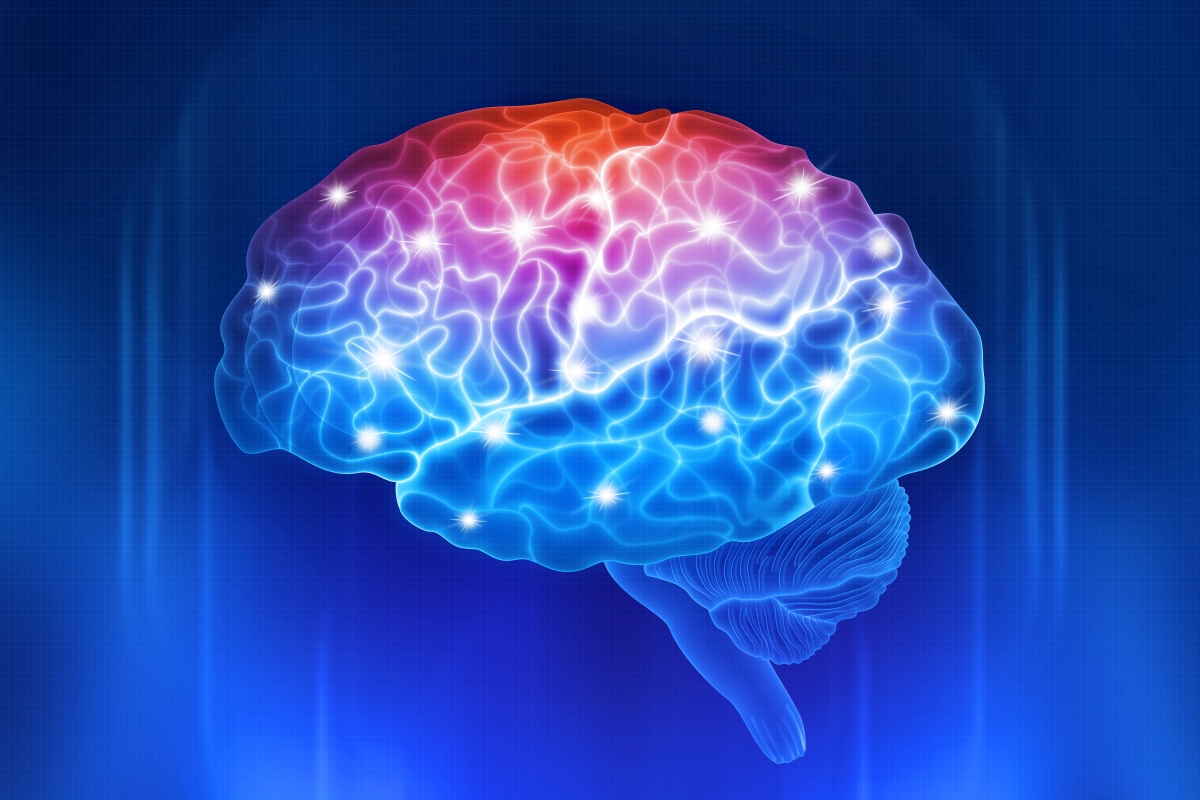A circuit from lateral septum neurotensin neurons to tuberal nucleus controls hedonic feeding
The prevalence of obesity and the easy availability of attractive energy-dense meals highlight the urgent need for a deeper comprehension of the brain circuits that control hedonic eating (i,e., consuming food for the sole purpose of pleasure in the absence of dietary need or necessity). Both the body’s homeostatic requirements and the food’s hedonic values influence how we eat. In this study by Chen Z. et al. (2022), the authors demonstrate how neurons in the lateral septum that are positive for neurotensin (LSNts) are essential for controlling hedonistic eating. While LSNts that are activated reduce overall eating, those that are silenced particularly encourage the consumption of appetizing food. Neurotensin signals from LSNts to the supra mammillary nucleus (SUM) are sufficient to reduce total feeding, in contrast, LSNts neurons reach out to the tuberal nucleus (TU) via GABA signaling to control hedonic eating. Two LSNts populations that are involved in food-seeking and intake, respectively, are shown by in vivo calcium imaging and optogenetic manipulation to be activated and suppressed during eating. To minimize obesity brought on by high-fat diets, LSNts or LSNts→TU must be chronically activated. The authors conclude that a probable crucial route in controlling hedonic eating is the LSNts→TU pathway. [NPID: Feeding behavior, lateral hypothalamic area, mice, neurons, metabolism, neurotensin, obesity]
Year: 2022
 Navigation
Navigation






